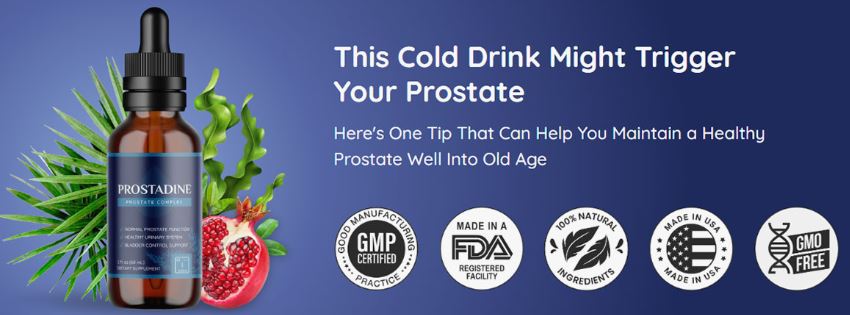Gallstones are hard masses of digestive fluids that develop in the gallbladder. This common disorder affects a large number of people. Gallstones come in two main types: gallstones formed from cholesterol and stones made of bilirubin. Cholesterol gallstones are the most commonly found form and occur more frequently in overweight individuals, pregnant women, older people, and those who experience rapid weight loss. Bilirubin gallstones, on the other hand, are more common in people with severe liver disease and those who have blood conditions such as leukemia or sickle cell anemia. Treatment options for gallstones include gallbladder removal and medications.
The exact cause of gallstones is unknown, but it is believed that an excessive amount of cholesterol or bilirubin in bile can contribute to their formation. Incomplete emptying of the gallbladder is another factor that may lead to gallstones. Risk factors that increase the likelihood of developing gallstones include a family history of the condition, age above 60, obesity, diabetes, a sedentary lifestyle, liver diseases, and the use of cholesterol-lowering medications. Consuming a low-fiber, high-fat, or high-cholesterol diet can also raise the chances of developing gallstones. Additionally, women are more prone to gallstones than men.
Gallstones can be asymptomatic, known as silent gallstones, and do not require treatment. However, if a gallstone blocks a duct, it can cause various symptoms such as sudden and rapidly escalating pain in the upper right abdomen, pain in the right shoulder or between the shoulder blades, nausea, and vomiting. If a gallstone obstructs the gallbladder duct, it can lead to cholecystitis or inflammation of the gallbladder, which may cause prolonged pain, fever, nausea, and vomiting. A gallstone can also obstruct the common bile duct, resulting in bile duct infection and jaundice. Furthermore, a gallstone blocking the pancreas can cause pancreatitis or inflammation of the pancreas.
To treat gallstones that cause symptoms, surgical removal of the gallbladder is typically recommended. Laparoscopic cholecystectomy is a widely used procedure for gallbladder removal. Gallstones stuck in the bile duct can be removed through a non-surgical procedure called Endoscopic retrograde cholangiopancreatography (ERCP). Medications that dissolve gallstones are also available but not commonly used. Electrohydraulic shock wave lithotripsy, a noninvasive technique, may be used to treat gallstones in patients who are unable to undergo surgery.
There are some herbal remedies that can be helpful in treating gallstones. Lecithin is a natural cure for gallstones. Taking one lecithin capsule (1200 mg) once daily with meals is recommended. Increasing fiber-rich foods in the diet and reducing the consumption of foods high in bad cholesterol and saturated fat is also beneficial. Vitamin C supplements and foods rich in this vitamin aid in the conversion of cholesterol into bile acids and dissolution of gallstones. Regularly drinking adzuki beans tea is another effective method for removing gallstones. Mixing the juice of two lemons with two cups of extra virgin olive oil and consuming two tablespoons of this mixture every fifteen minutes is considered one of the best ways to flush out gallstones.



